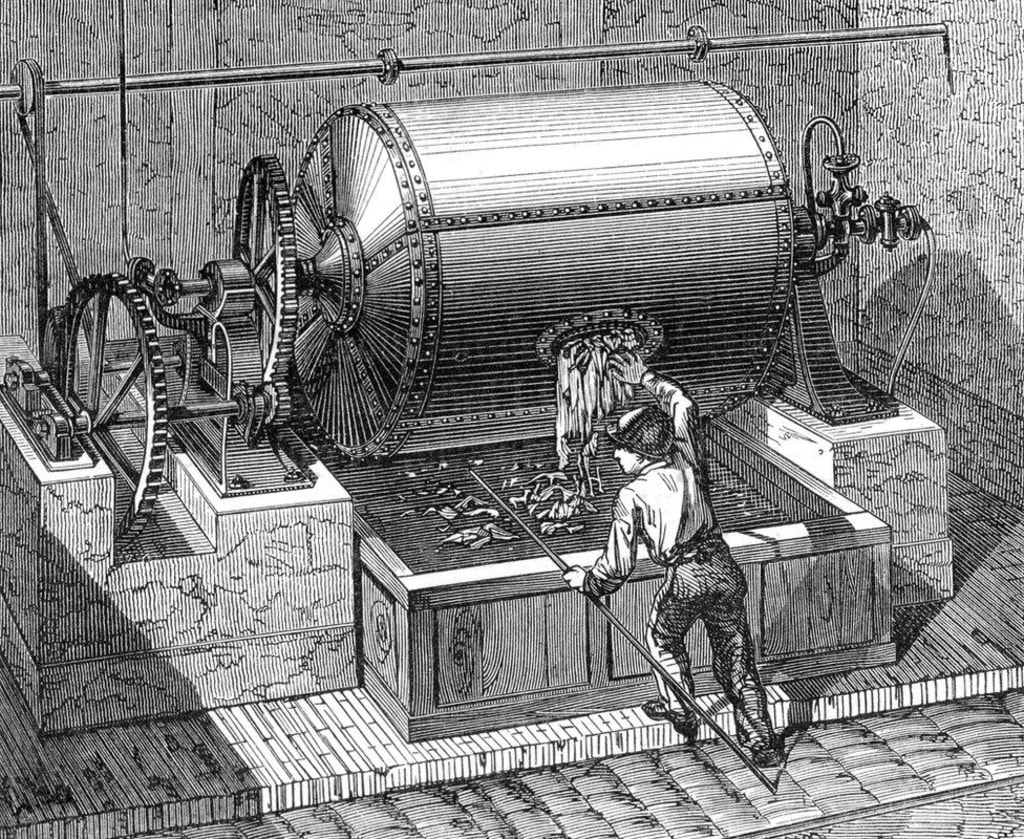How the invention of paper CHANGED the world
History

Once upon a time, in the rich cultural tapestry of ancient China, a remarkable invention emerged that would forever change the course of human history: papermaking. The story of Chinese papermaking is a tale woven with ingenuity, perseverance, and a desire to share knowledge across generations. Join us on this fascinating journey through time as we explore the origins and evolution of this incredible craft that still impacts our world today.
Our story begins over two thousand years ago during the Han Dynasty (206 BCE - 220 CE), a period known for significant advancements in science, technology, and culture. It was during this era that an ingenious court official named Cai Lun made an extraordinary contribution to the world: the invention of paper as we know it. Before Cai Lun's innovation, people relied on cumbersome and expensive materials like bamboo, silk, and wooden tablets to record information. Cai Lun's new method revolutionized the way information was documented and shared.
Legend has it that Cai Lun was inspired by observing nature. He noticed how wasps built their nests by chewing wood fibers and mixing them with saliva to form a paste. This observation sparked an idea in his mind: what if humans could replicate this process to create a lightweight and flexible material suitable for writing? With this inspiration, Cai Lun set to work.
Cai Lun's process involved a meticulous blend of materials, including mulberry bark, hemp, old rags, and fishnets. These raw materials were pounded into a pulp and mixed with water to create a slurry. This slurry was then spread evenly over a fine mesh screen, allowing the water to drain away, leaving behind a thin layer of fibers. Once dried, this layer formed a sheet of paper. This process, though labor-intensive, produced a material that was far superior to existing writing surfaces in terms of durability, cost, and versatility.
The significance of Cai Lun's invention cannot be overstated. Paper quickly became an essential medium for preserving and disseminating knowledge, contributing to the rapid spread of literacy and learning. Chinese scholars and officials used paper to document everything from philosophical treatises and scientific discoveries to poetry and administrative records. The availability of paper made it easier for ideas to travel, fostering an environment of intellectual growth and cultural exchange.
As the centuries passed, the art of papermaking evolved and spread beyond China's borders. The Silk Road, a network of trade routes connecting the East and West, played a crucial role in this diffusion. Traders and travelers carried the knowledge of papermaking to distant lands, including Korea, Japan, and the Islamic world. Each region adapted the technique to suit local materials and needs, leading to the development of unique papermaking traditions.
In Japan, papermaking was embraced with great enthusiasm. The Japanese refined the Chinese method, using kozo (mulberry) fibers to produce a variety of exquisite papers known as washi. Washi paper became integral to Japanese culture, used in everything from art and calligraphy to religious ceremonies and architecture. The meticulous craftsmanship and aesthetic qualities of washi paper earned it a revered place in Japanese society.
The journey of papermaking continued westward, reaching the Islamic world in the 8th century. Arab scholars and artisans improved upon the Chinese techniques, introducing innovations such as the use of linen and flax fibers. The paper mills established in cities like Baghdad and Samarkand became centers of learning and culture, producing vast quantities of paper that facilitated the preservation and dissemination of knowledge across the Islamic Golden Age.
By the 12th century, papermaking had made its way to Europe, where it spurred a cultural and intellectual renaissance. The advent of the printing press in the 15th century further amplified the impact of paper, enabling the mass production of books and the widespread distribution of information. The availability of affordable paper revolutionized education, science, and the arts, laying the foundation for the modern world.
Today, the legacy of Chinese papermaking endures in countless ways. While digital technology has transformed how we share information, the tactile beauty and historical significance of paper remain cherished. Contemporary artisans continue to practice traditional papermaking methods, preserving an ancient craft that connects us to our shared human heritage.
As we conclude this journey through the history of Chinese papermaking, we invite you to reflect on the incredible ingenuity and cultural exchange that have shaped our world. If you enjoyed this story, please like, comment, share, and subscribe for more captivating tales of human innovation and creativity. Together, let’s continue to explore and celebrate the wonders of our collective past.
About the Creator
Marveline Merab
“History never repeats itself. Man always does.”
― Voltaire
Enjoyed the story? Support the Creator.
Subscribe for free to receive all their stories in your feed. You could also pledge your support or give them a one-off tip, letting them know you appreciate their work.






Comments
There are no comments for this story
Be the first to respond and start the conversation.